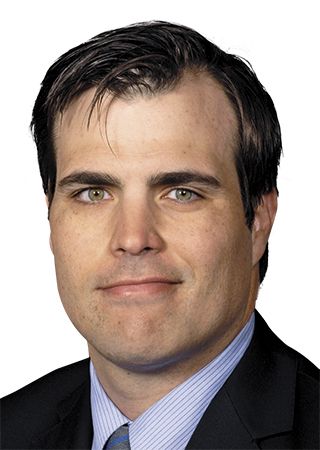Article
Pediatric ureteroscopy: Principles for safe surgery
Author(s):
Dr. Dangle shows that pediatric ureteroscopy is safe and feasible with good results and without long-term sequelae on the ureters.
‘Y’tube is a video resource for urologists and other physicians who focus on men’s health. This installment focuses on pediatric ureteroscopy. It features videos from Jonathan S. Ellison, MD,Michael P. Kurtz, MD, MPH/Caleb P. Nelson, MD, and Pankaj P. Dangle, MD. Commentary for these videos is provided by Gregory Tasian MD, MSc, MSCE, and 'Y'tube Section Editor James M. Hotaling, MD, MS.
Dr. Dangle shows that pediatric ureteroscopy is safe and feasible with good results and without long-term sequelae on the ureters.
Dr. Tasian: Dr. Dangle provides an overview of ureteroscopy for ureteral and renal stones in children. The video highlights important principles for safe pediatric endoscopic surgery, such as minimizing radiation by reducing fluoroscopy and decreasing anaesthetics by leaving a stent on a string. The authors prefer a dusting technique using a holmium laser at low pulse energy and high frequency. Other considerations that limit retropulsion are setting the laser at a long pulse width or using new technology such as the Moses. The video also raises questions that should be addressed by the pediatric endourology community. These questions include 1) When is a “pre-stent” needed to passively dilate the ureter before definitive ureteroscopy?, 2) What are the advantages and potential harms of ureteral access sheaths in children, particularly when a dusting technique is used?, and 3) What is the added benefit of KUB when ultrasound is obtained after ureteroscopy to assess stone clearance?
Dr. Hotaling: This video combines thoughtful techniques such as dusting, minimal fluoroscopy use, and reliance on a string to limit another anesthetic for stent removal. In raising specific questions, the authors also bring up broader issues that need to be defined by the growing community of pediatric endourologists who regularly treat stones given the shifting demographics of stones.

Dr. Dangle is assistant professor of urology at the University of Alabama, Birmingham.

Gregory Tasian, MD, MSc, MSCE

Section Editor James M. Hotaling, MD, MS
Dr. Tasian is assistant professor of urology and epidemiology, University of Pennsylvania Perelman School of Medicine, Philadelphia, and Dr. Hotaling is assistant professor of surgery (urology) at the Center for Reconstructive Urology and Men's Health, University of Utah, Salt Lake City.
















